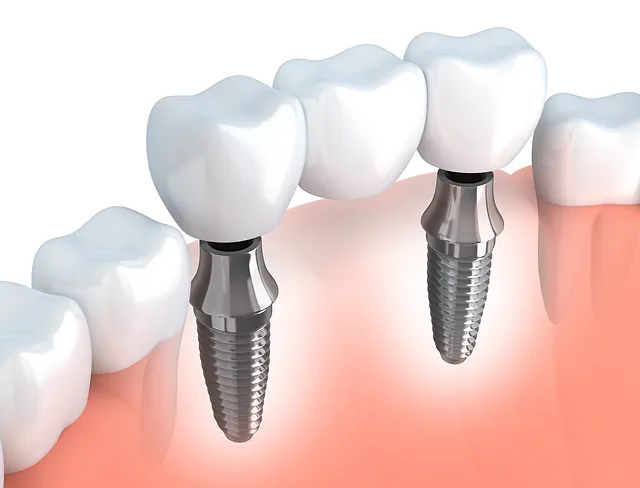Dental implants are a modern solution for individuals who have lost one or more teeth. Acting as a natural tooth replacement, dental implants offer both functional and aesthetic benefits. Whether you are exploring your options to restore your smile or enhance overall oral health, understanding dental implants can guide you in making an informed decision.
What Are Dental Implants?
Dental implants are artificial tooth roots made from biocompatible materials, such as titanium. They are surgically placed into the jawbone to provide a sturdy foundation for replacement teeth such as crowns, bridges, or dentures. These implants are designed to mimic the function and appearance of natural teeth, offering a long-term solution for replacing missing teeth.
The implant itself consists of three main components. The titanium post acts as the root, the abutment connects the post to the replacement tooth, and the crown serves as the visible tooth structure. These components replicate the functionality and aesthetics of a natural tooth.
How Do They Work?
Dental implants rely on a process called osseointegration. This process occurs when the titanium post fuses with the jawbone, creating a stable and durable anchor for replacement teeth. The implant becomes integrated into the bone over time, providing a secure base for chewing, speaking, and other oral functions.
Once osseointegration is complete, the abutment and crown are attached to the implant. The crown is custom-made to match the size, color, and shape of the surrounding teeth. This makes sure the final result blends seamlessly with your smile while restoring functionality.
What Does the Process Involve?
The process of getting dental implants typically involves several steps. A consultation is conducted to determine if the patient is a candidate. This includes a thorough examination of oral health, imaging tests such as X-rays, and discussions about your medical history.
The next step involves the surgical placement of the implant into the jawbone. After placement, a healing period is necessary for osseointegration to occur. During this time, the jawbone bonds with the implant, enabling stability for the future crown or bridge.
Once healing is complete, the abutment is attached to the implant. An impression of the area is taken to create a custom crown that fits perfectly. The final crown is then secured in place, completing the process and restoring the tooth.
Who Could Benefit From Them?
Dental implants are suitable for individuals who have lost one or more teeth and want a permanent solution. They are an effective option for those with a healthy jawbone and gums. Candidates may include individuals who:
- Are looking for a fixed alternative to dentures
- Experience difficulty chewing due to missing teeth
- Wish to restore their smile with a natural appearance
- Want to prevent further bone loss in the jaw
What Kind of Results Can You Expect?
Dental implants are designed to look and feel like natural teeth. Once the process is complete, patients can experience improved chewing ability, clearer speech, and a more aesthetic smile. Implants help maintain the structure of the jawbone by stimulating bone growth, which prevents the bone from deteriorating over time. This preservation of bone structure also supports neighboring teeth, reducing the risk of further tooth loss.
Seek a Functional Smile Today
Dental implants offer an effective way to restore missing teeth and enhance oral health. Whether you need to replace a single tooth or multiple teeth, implants provide a reliable and lasting solution tailored to your needs. If you are evaluating dental implants, consult with a dental professional to explore your options and determine the best approach for your situation.

